Should you change to tubeless tyres? (video)
Once the choice was simple: clincher v tubular. But now tubeless are on the brink of taking off, and in some situations they might be perfect
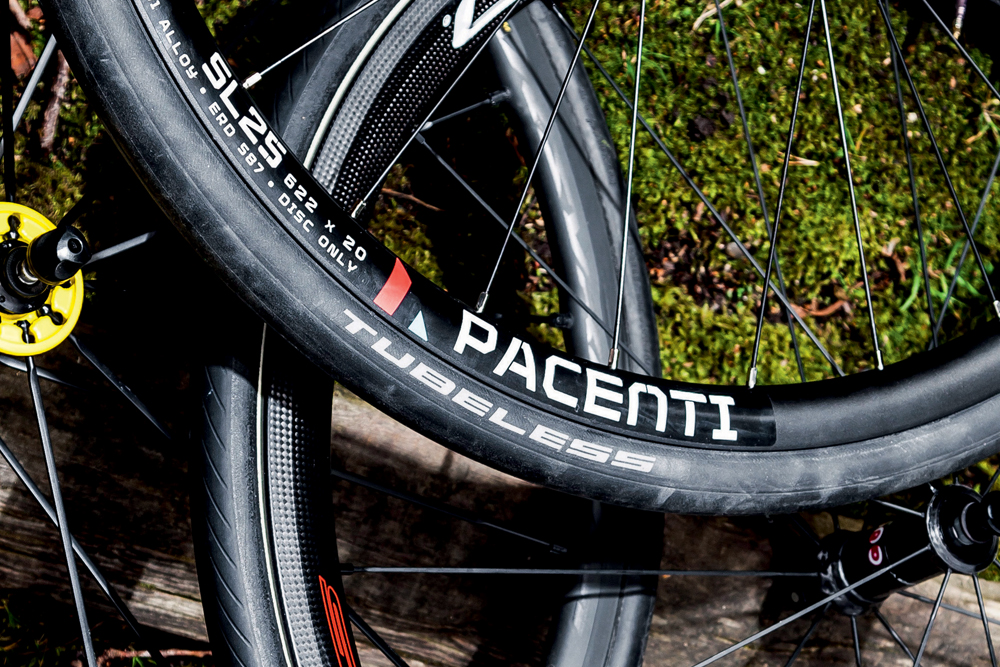
If you’ve bought a new bike in the past year or so, chances are the wheelset is ‘tubeless-ready’. The technology has been around for several years and the number of manufacturers now making them is reaching a tipping point. Last month Zipp, builder of the most sought-after carbon wheels on the market, announced its first tubeless-ready wheelset.
>>> Buyer’s guide to road bike tyres
In the past, road tyres came in two options: clincher, with an open tyre and separate inner tube; or tubular, with a rubber tread stuck to an enclosed canvas casing, and a tube inside, that you glue to the wheel rim.
Clinchers — or high pressures (HPs) — have always been the first choice for general cycling due to ease of use when you puncture, and cost. Tubulars remain the tyre of choice for track racing, time trialling and much of the pro peloton.
>>> Will carbon clinchers kill off tubular tyres?
For some time now mountain bikers have used tubeless tyres — a system very similar to a car tyre where an open rubber outer tyre sits firmly in a wheel’s rim. No inner tube is needed as the rims and valve are sealed. Air sits in the cavity between the wheel rim and the inside of the tyre.
>>> Tubeless sealant buyer's guide
Off-road there are many benefits as tyres can be run at lower pressure — giving better grip — with no risk of pinch punctures. The benefits might not be so obvious on the road where running tyres at such low pressure doesn’t offer many benefits.
Video - Can a tubeless tyre survive a nail?
Fewer flats, thicker tread
Tubeless tyre systems do, however, suffer from fewer flats than clinchers as they are run with sealant inside that will instantly dry around a hole and seal it. Tubeless tyres can also run a slightly thicker tread without compromising feel, which with only one layer between the wheel and the tarmac is said to be better than clinchers.
>>> Solid tyres go mainstream as Wiggle stocks up
If the system does fail when you’re out on a ride, an inner tube can always be fitted to get you home.
So, with so much going for them, why aren’t tubeless tyres more popular? Cycle tech legend Keith Bontrager is a fan, but understands their limitations: “I came into road tubeless from many years of mountain bike tubeless experience, so there wasn’t really much new that had to be done. The real difference is that the pressure in road bikes tyres is much higher than with mountain bikes, so the sealant behaves a little differently.
>>> Are wider tyres really faster?
“The problem first of all is that the pros don’t use tubeless. They race on tubular for really good reasons — they stay on the rim, they’re light and they roll well. Tubeless tyres are heavy. They’re
probably a little quicker rolling than tubulars in the lightest possible case, but those would also be fragile.
“Another problem with tubeless is that they just take a little more casing to contain air than a tyre with an inner tube,” Bontrager said. “But we fit tubeless-ready wheels to Trek bikes because we anticipated that for sportive riders and for recreational riders the tubeless set-up with sealant would be a popular thing. It’ll take a while, though. The approach to mounting tyres and the maintenance of a tubeless wheel is a little different than with standard inner tubes, and for some people it might be a hassle.”
>>> The best road bike upgrades
Finally, as always with new bike innovation, as different manufacturers come out with their own take on a certain technology, it leads to some confusion. “The international standard is fuzzy, it’s not guaranteed,” Bontrager says. “Having a bunch of proprietary standards that aren’t compatible would be a nightmare. So there is an attempt, and it is a legitimate attempt, to try to make the interface between the tyre and the rim fairly universal.”
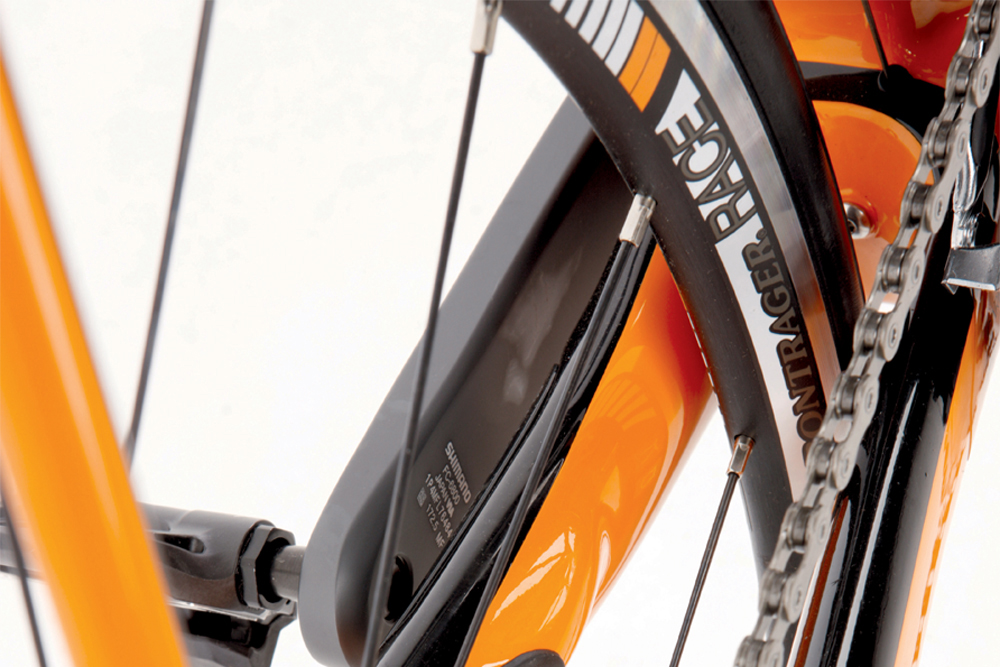
Our take
Tubeless tyres are nice to ride, and if used with sealant can be quick to fix in the event of a puncture. They won’t take over from clinchers so long as they remain such hard work in the event of total failure.
Because the seating of the tyre bead has to be so secure (to keep the air in) tolerances are tighter, making them extremely hard to get on and off a rim. On a warm summer’s day they would defeat most riders’ grip strength; in the winter they’re as good as impossible to change.
For: Keith Bontrager, bike technology legend

“I’m a fan, but then I only train on my road bike, I don’t actually race on my road bike, and tubeless tyres are not yet really racing tyres. A tubeless tyre with sealant is much less prone to punctures so, compared to having to change a flat tyre in the rain with buses whizzing past, it’s a much better option. And our Bontrager Tubeless Ready wheels can be used either with or without inner tubes, so you don’t even have to make the call straight away.”
Against: Benjamin Blaurock, Continental Tyres, road tyres product manager
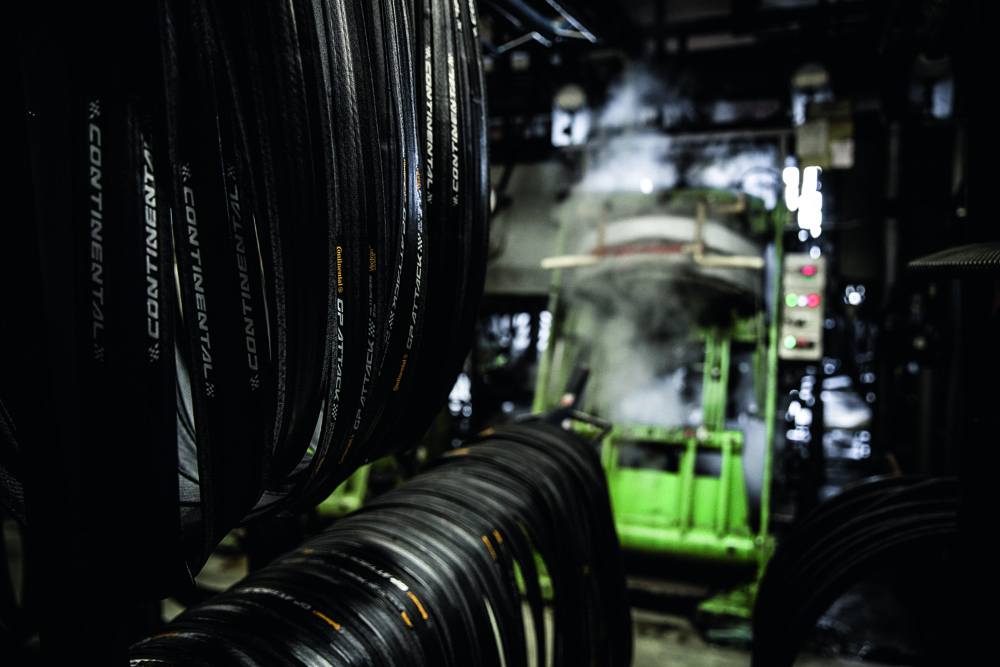
“We don’t make tubeless tyres at Continental right now. The benefit of them in mountain biking is you can use very low pressures for better grip without getting snakebite punctures. But for the traditional road market we don’t think those are as important factors. The construction of road tubeless tyres is a far bigger challenge. You need a heavier system because of the higher pressures, yet weight is a very important factor for road cyclists.”

Thank you for reading 20 articles this month* Join now for unlimited access
Enjoy your first month for just £1 / $1 / €1
*Read 5 free articles per month without a subscription

Join now for unlimited access
Try first month for just £1 / $1 / €1
Get The Leadout Newsletter
The latest race content, interviews, features, reviews and expert buying guides, direct to your inbox!
-
 Aero bikes with gravel wheels?: Six tech insights from Paris-Roubaix Femmes
Aero bikes with gravel wheels?: Six tech insights from Paris-Roubaix FemmesEverything we found out about tyre widths, self-inflating systems, and wheel choices from the cobbled Monument
By Tom Davidson Published
-
 'This race is absolutely disgusting': Peloton reacts to another brutal Paris-Roubaix Femmes
'This race is absolutely disgusting': Peloton reacts to another brutal Paris-Roubaix FemmesNow in its fifth edition, Paris-Roubaix Femmes is still a tough race, even for the best bike riders in the world
By Adam Becket Published
-
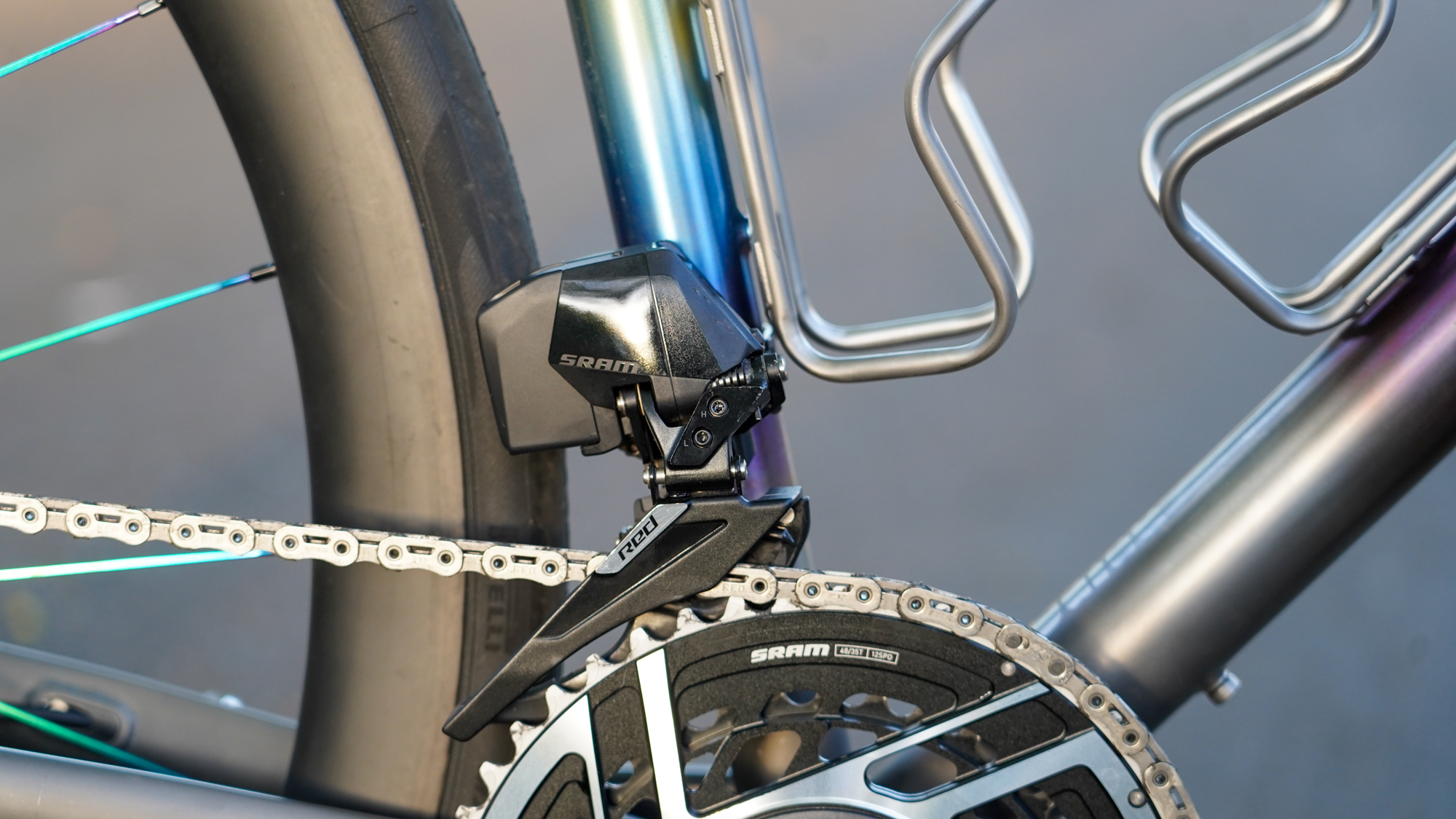 Opinion: Are electronic groupsets worth the investment?
Opinion: Are electronic groupsets worth the investment?Thoughts on drivetrains, buttons, batteries, fast vs slow, good vs evil, wristwatches and zen states of being
By Tyler Boucher Published
-
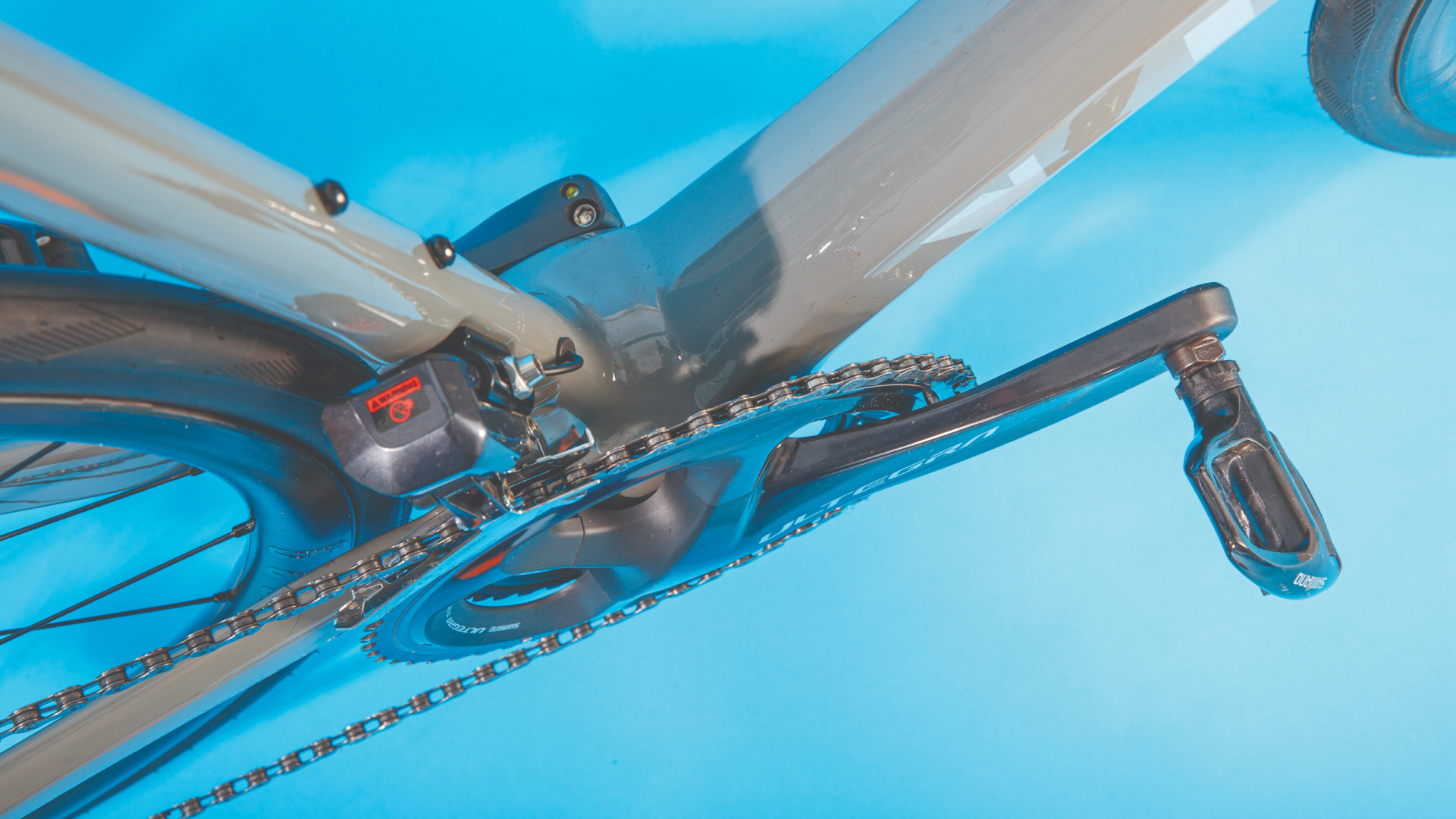 Everything you want to know about the Q Factor
Everything you want to know about the Q FactorWhat it is and why it matters, how to measure it, what the Q stands for, and more
By Tyler Boucher Published
-
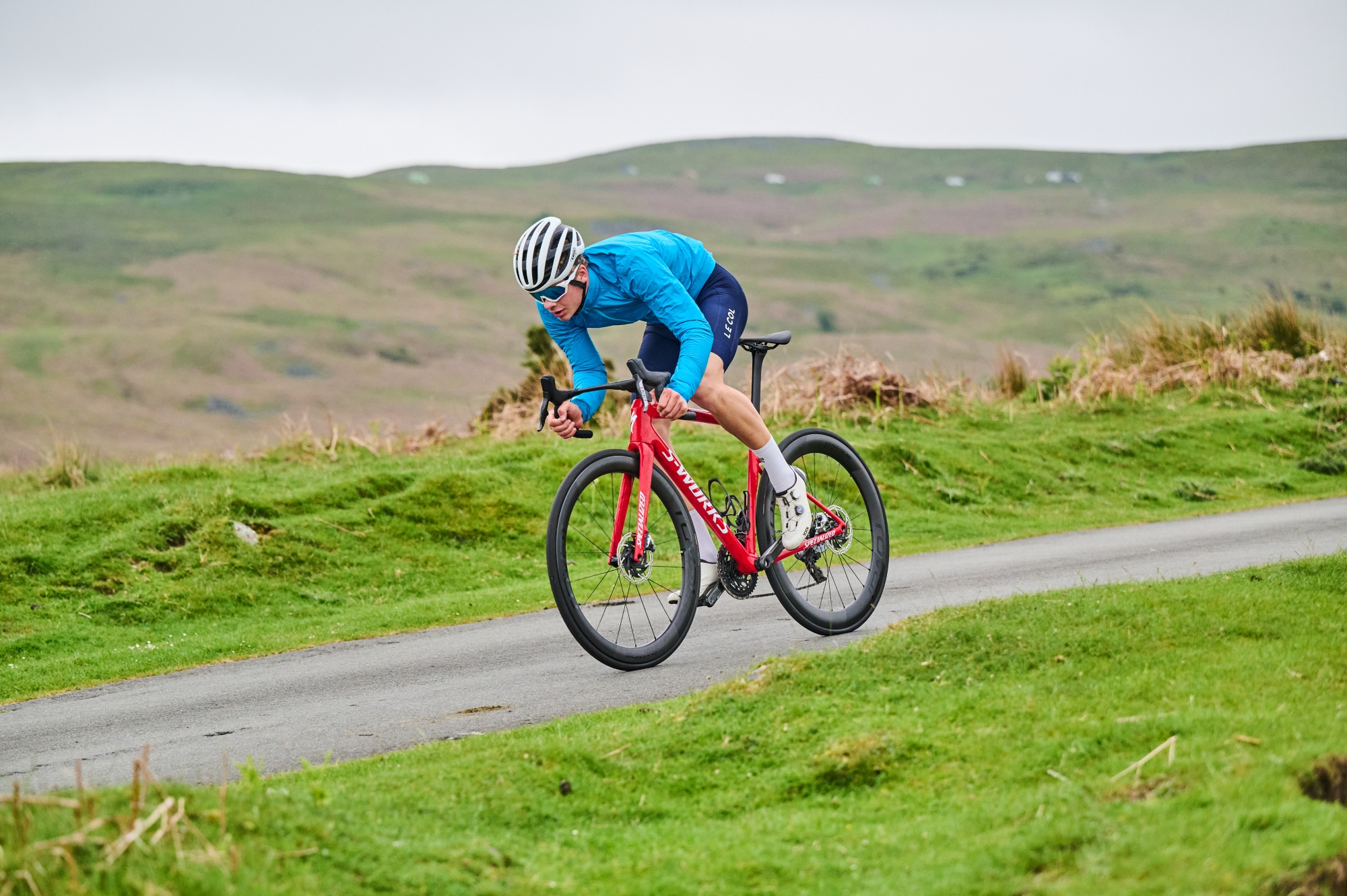 Stiffness vs. Compliance: Making sense of bicycle frame design
Stiffness vs. Compliance: Making sense of bicycle frame designHow frame designers find the sweet spot between stiffness and compliance as well as some thoughts on “ride quality”
By Tyler Boucher Published
-
 Tech Question: We're used to racers on narrow bars - but are they more comfortable, too?
Tech Question: We're used to racers on narrow bars - but are they more comfortable, too?We ask the experts what to look for in determining the optimal handlebar width
By Joe Baker Published
-
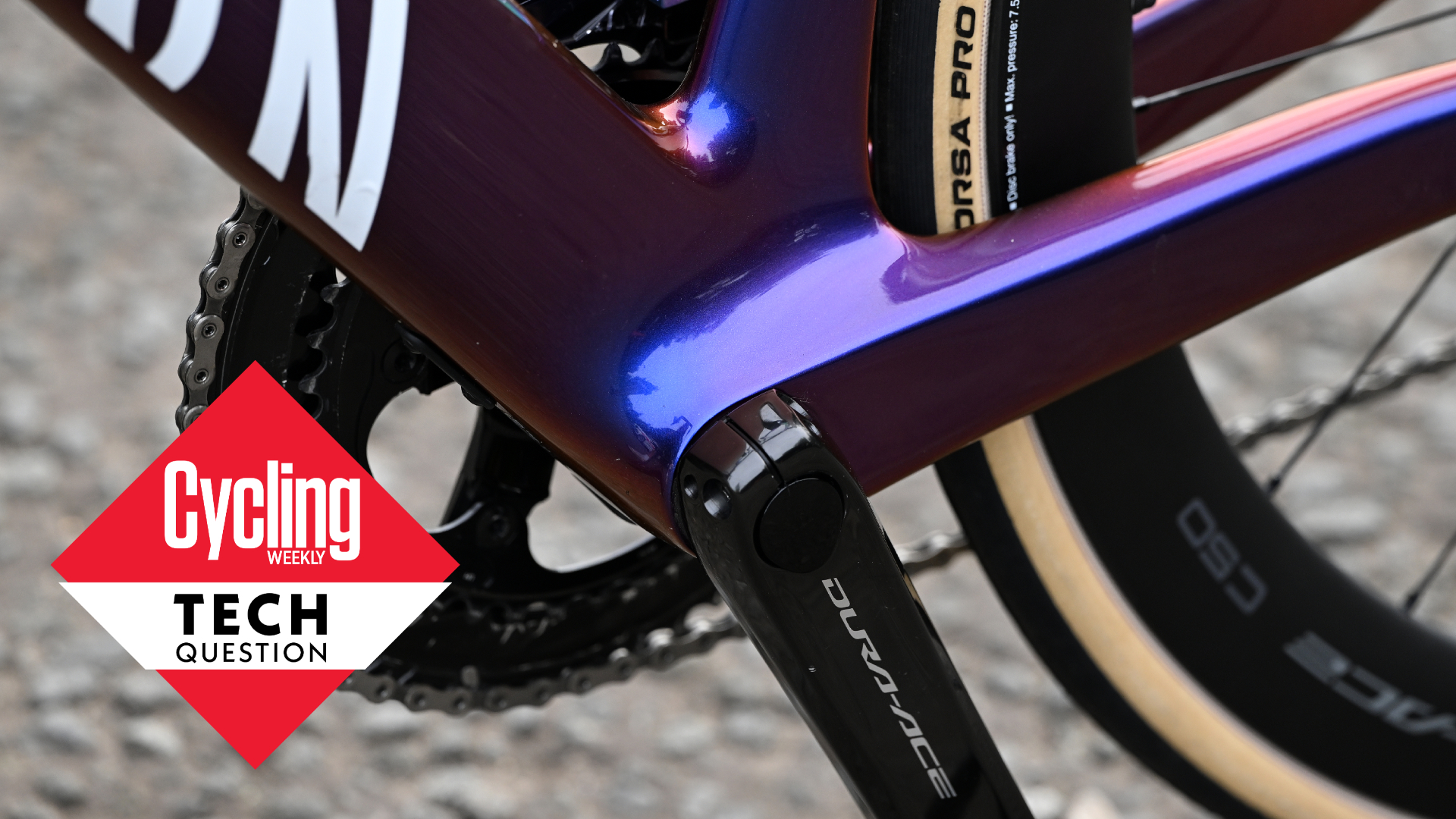 Tech Question: Where do things now stand on press-fit bottom brackets? Good or bad?
Tech Question: Where do things now stand on press-fit bottom brackets? Good or bad?Few innovations have garnered as much animosity as press-fit bottom brackets - but the tech now has some strong proponents
By Stefan Abram Published
-
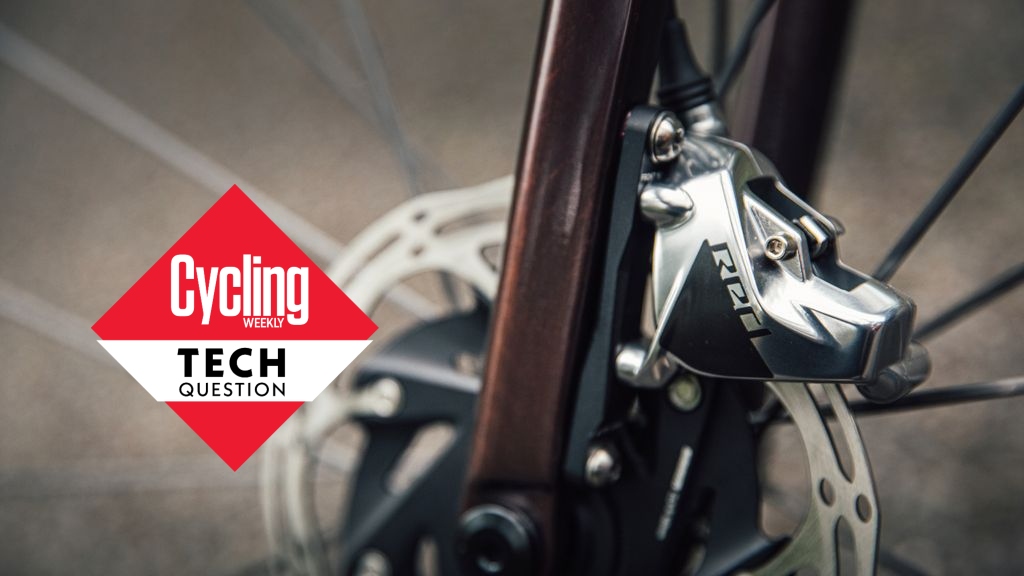 Tech Question: Is a proper clean the only disc brake upgrade you need?
Tech Question: Is a proper clean the only disc brake upgrade you need?Bike mechanic and owner of Surrey Hills Cycleworks, Dave Farmer, shares his tips on how to improve braking performance
By Stefan Abram Published
-
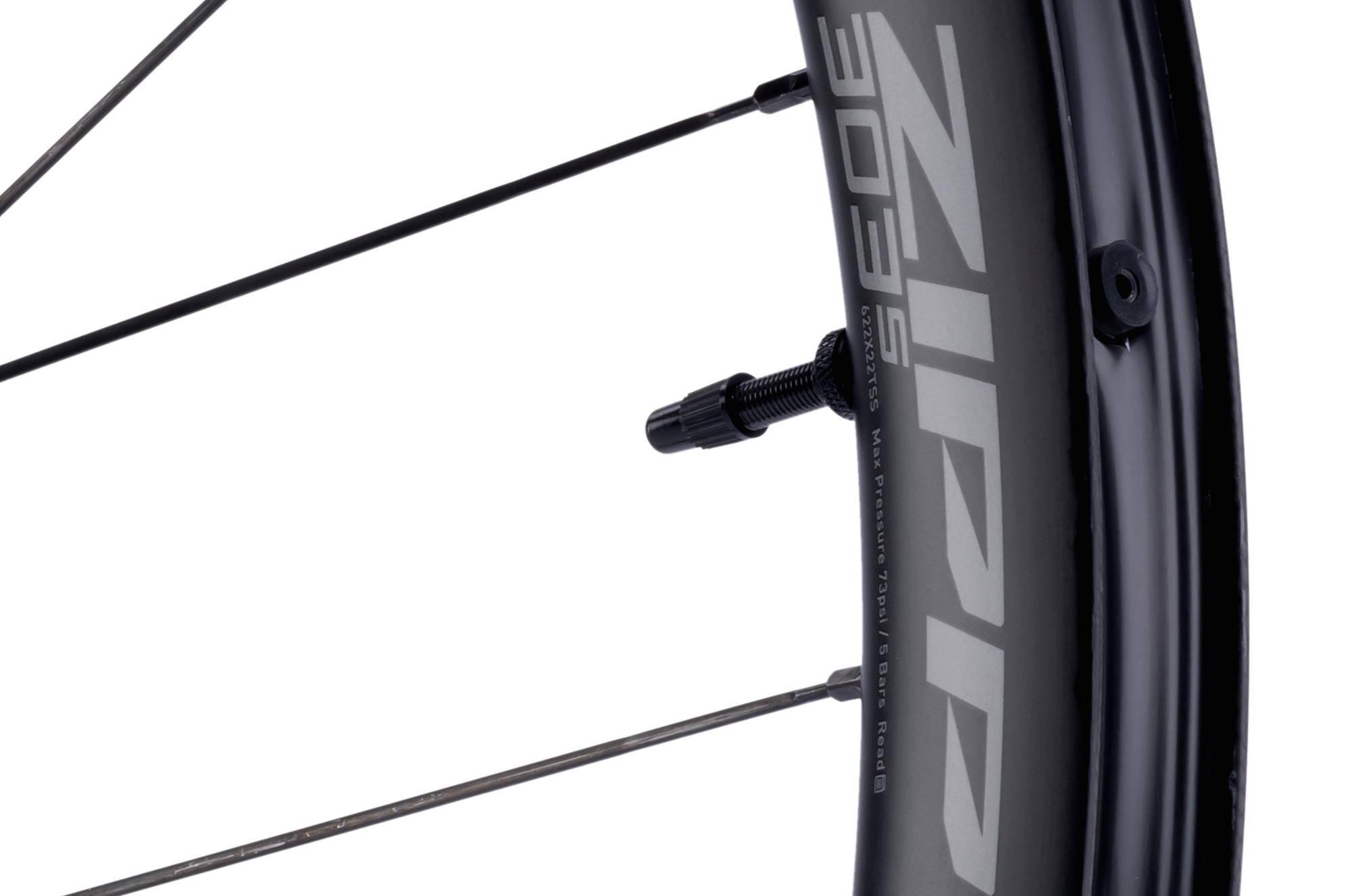 What are hookless rims and do you need them?
What are hookless rims and do you need them?With the big wheel brands launching new rims with straight sidewalls, we ask whether hookless technology can benefit your bike riding
By Simon Smythe Published
-
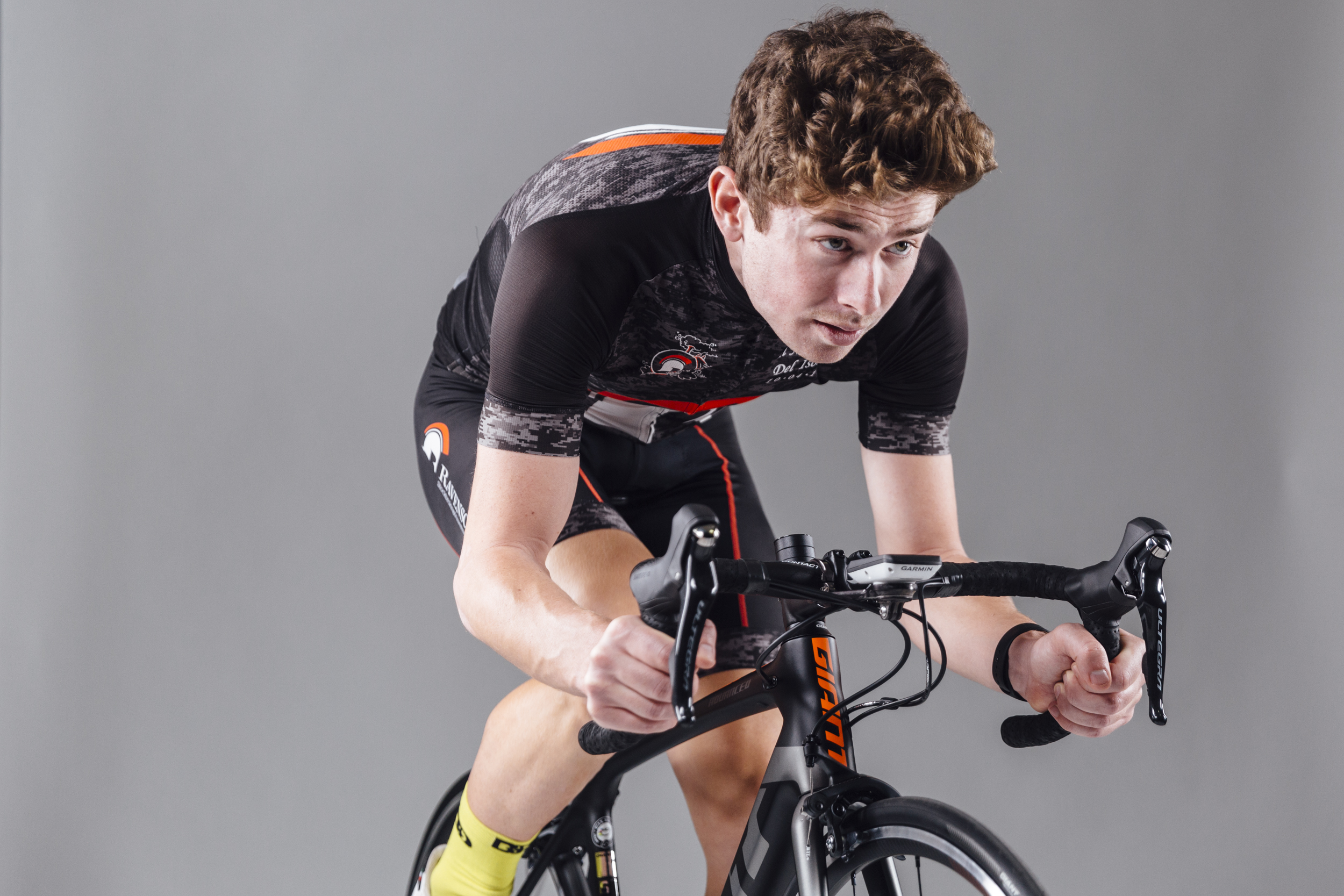 Do you need indoor cycling specific clothing?
Do you need indoor cycling specific clothing?With an ever expanding range of indoor cycling kit available, we ask if it really makes any difference?
By Michelle Arthurs-Brennan Published